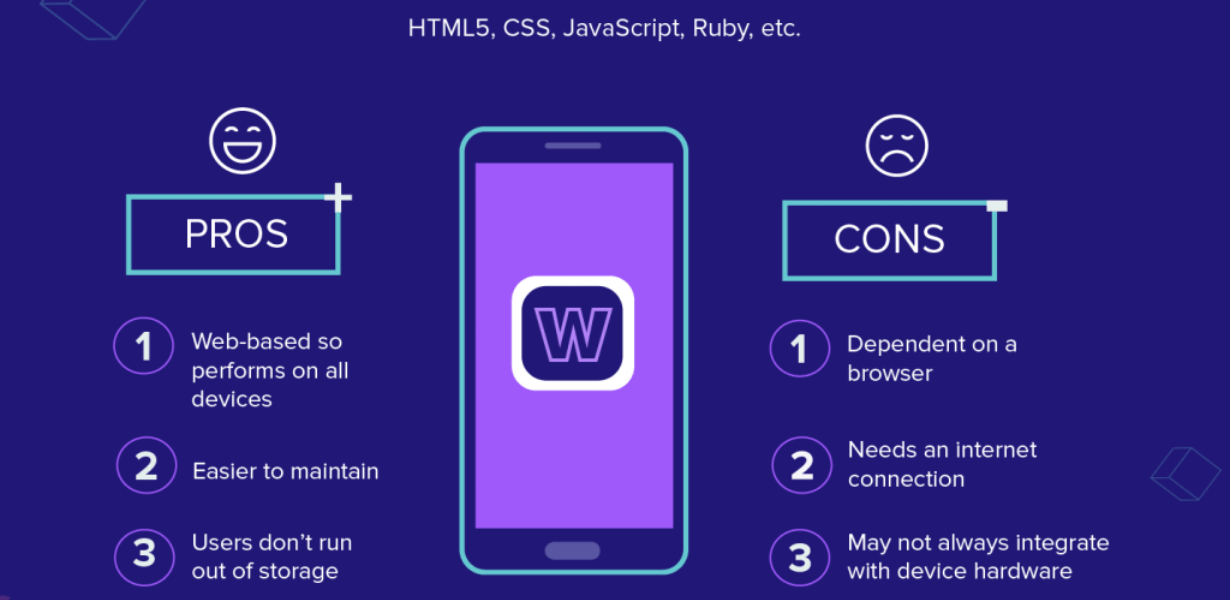
Next-Gen Caching Strategies: Maximizing PWA Performance for a Seamless User Experience
- Post
- August 8, 2023
- Progressive Web Apps, PWA Performance, Web Technologies
- 0 Comments
In the rapidly evolving digital landscape, crafting an impeccable user experience is paramount. As PWA (Progressive Web App) technology gains momentum, businesses are presented with a golden opportunity to revolutionize their online presence. The key lies in harnessing the power of next-generation caching strategies to supercharge PWA performance. Join us on a journey through the intricacies of this cutting-edge approach, as we delve deep into the art of maximizing PWA performance for an unparalleled user experience.
Understanding PWAs and Their Significance
PWA Unveiled: Bridging the Gap
Progressive Web Apps, or PWAs, represent a fusion of the best of both web and mobile applications. These responsive, lightweight, and dynamic web experiences aim to bridge the gap between the web and native apps, providing users with seamless interactions regardless of the device they’re using.
PWA: A Revolution in the Making
With their capability to deliver fast-loading, offline-accessible, and engaging user experiences, PWAs are changing the way users interact with web content. The ability to install PWAs on home screens, access push notifications, and function seamlessly across various platforms makes them a game-changer in the digital landscape.
The Role of Caching in PWA Performance
Caching Demystified
At the heart of PWA performance lies caching – the process of storing frequently accessed resources locally to reduce load times. Caching mechanisms ensure that when a user revisits a PWA, the app doesn’t have to fetch every single resource from the server, resulting in quicker load times and reduced server load.
Optimizing PWA Performance: Introducing Caching Strategies
Service Worker Cache: Implementing a service worker to manage caching opens up avenues for crafting a seamless offline experience. Leveraging the Cache Storage API, developers can store static assets, such as HTML, CSS, and JavaScript, directly on the user’s device.
Dynamic Data Caching: Utilizing strategies like the Cache-First or Stale-While-Revalidate approach, PWAs can cache dynamic content such as API responses. This ensures users receive real-time data while reducing the need for frequent server requests.
Precise Cache Expiry: Setting appropriate cache expiration policies is crucial to strike a balance between freshness and performance. By configuring cache expirations based on the nature of the content, PWAs can deliver up-to-date experiences without sacrificing speed.
Implementing Next-Gen Caching Strategies
Intelligent Caching Decisions
Leveraging the power of modern browsers and advanced APIs, PWAs can make intelligent caching decisions. By analyzing factors like network connectivity and resource popularity, PWAs can choose the most efficient caching strategy for each scenario.
Content Delivery Networks (CDNs)
Integrating CDNs with PWAs amplifies performance by delivering cached content from servers located closest to the user. This reduces latency and accelerates content delivery, further enhancing the overall user experience.
Incremental Caching for Frequent Updates
In scenarios where PWAs undergo frequent updates, incremental caching shines. This strategy involves caching only the changed parts of an application, minimizing the need for users to redownload the entire PWA, resulting in faster update cycles.
Unveiling the Benefits of Next-Gen Caching
Lightning-Fast Load Times
By leveraging next-gen caching strategies, PWAs deliver swift load times, ensuring users are engaged and immersed in the experience without facing frustrating delays.
Seamless Offline Experience
With caching in place, PWAs continue to function offline, enabling users to interact with the app even when internet connectivity is intermittent or non-existent.
Reduced Data Consumption
Caching minimizes the need for repeated data fetching, translating to reduced data usage and optimized bandwidth consumption, benefiting both users and businesses.
Enhanced User Engagement
By eliminating latency and delivering consistent performance, next-gen caching strategies foster enhanced user engagement, resulting in higher conversion rates and prolonged sessions.
Final Words
In the dynamic realm of PWAs, next-gen caching strategies have emerged as the linchpin for elevating user experiences to unprecedented heights. By seamlessly integrating intelligent caching mechanisms and staying abreast of technological advancements, businesses can unleash the full potential of their PWAs, forging deeper connections with their audience and setting new standards for digital engagement.
Commonly Asked Questions
Q1. What is a Progressive Web App (PWA)?
A Progressive Web App (PWA) is a cutting-edge web technology that combines the best features of traditional websites and native mobile apps. PWAs offer lightning-fast performance, offline access, and engaging user experiences across various devices.
Q2. How do PWAs improve user engagement?
PWAs enhance user engagement through features like fast load times, offline functionality, and push notifications. These aspects create a seamless and immersive experience, encouraging users to interact with the app more frequently.
Q3. What role does caching play in PWA performance?
Caching is pivotal in PWA performance as it stores frequently used resources locally, reducing load times and optimizing bandwidth usage. Next-gen caching strategies ensure that PWAs load quickly and function smoothly, even in offline scenarios.
Q4. Can PWAs work offline?
Yes, PWAs are designed to work offline. Through intelligent caching, PWAs store essential resources, allowing users to access and interact with the app even when there’s no internet connection available.
Q5. How do CDNs enhance PWA performance?
Content Delivery Networks (CDNs) improve PWA performance by delivering cached content from servers located closer to the user’s geographical location. This reduces latency and accelerates content delivery, resulting in quicker load times and an improved user experience.




